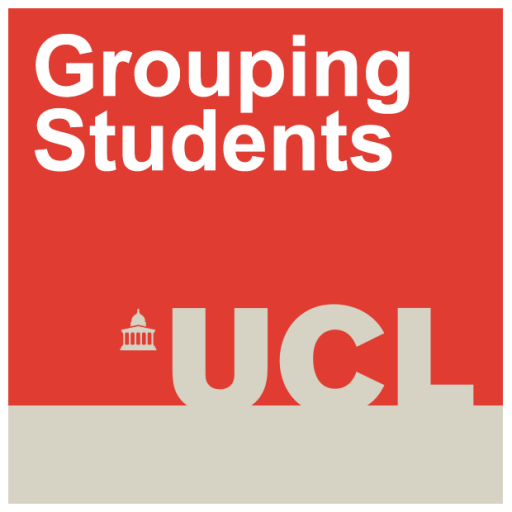Best Practice in Grouping Students goes to the American Educational Research Association conference
By Becky Taylor, on 23 April 2018
Members of the Best Practice in Grouping Students team have just got back from the annual conference of the American Educational Research Association in New York.
While there, we enjoyed the opportunity to get to know colleagues studying grouping in other education systems and hear about the work they are doing in this area. We also shared our own research, our symposium having been chosen back in 2016 to represent BERA at the conference
In the USA and other countries, attainment grouping is referred to as ‘tracking’ and mixed-attainment groups are referred to as ‘detracked classrooms’. Tracking can refer to a range of practices, including strategies similar to each of streaming, setting and within-class grouping. In US high schools, one important distinction is between courses that prepare students for college and those that do not. In some schools, students are assigned to tracks, whereas in others they can choose which track to follow. However, detracking through the mechanism of choice often does not work in racially diverse schools due to interconnected racial and social inequalities. The issues with ‘racialised’ and ‘intergenerational’ tracking of African American students within schools were discussed by Richard Lofton in the symposium ‘(Re)Segregation and Tracking: Problems in the Pursuit of Racial Equity’.
One fascinating symposium followed ‘Tracking Through the Life Course’. In the first paper, Marshall Jean described his research into within-class grouping for reading in elementary school. He has found more mobility between reading groups than previous research, but with five times as much upward as downward mobility. Group placement has an impact on both achievement and learning behaviours. Alecia Smith presented case studies of Black students, contrasting those who had been part of ‘Academically and Intellectually Gifted’ (AIG) programmes and those on standard courses. Black students on AIG courses expressed regret about the learning engagement of their same-ethnicity peers and reported that they had few friends of the same race as themselves. Megan Holland traced the influence of tracking on students’ access to information about college, finding that students in higher tracks were able to access good quality information, while those in lower tracks (again, mainly students of colour) tended to share limited and unhelpful information with each other, restricting the range of college options that students applied for. Lynn Meissner explored how students in different tracks engaged with vocational courses, finding that course choices were strongly associated with socioeconomic background, gender and ethnicity, as well as being associated with future academic outcomes. Finally, Amy Stich followed tracking through to the college level. Amy has found that de facto tracking takes place in US colleges through their ‘Honors programs’, with class and ethnicity based inequalities perpetuated even at this level. The respondent for the symposium was Jeannie Oakes, who has been researching this area for over 30 years. She remarked that while the surface structures of tracking have changed since the 1970s and 1980s, the deep structures and inequalities in the USA appear to have remained the same, noting the deep entanglement with race and social class.
We had invited Brianna Chang, Chair of the AERA Tracking and Detracking SIG (Special Interest Group) to respond to our symposium. She reflected on the similarities and contrasts between grouping practices and research in the USA and the UK. We were very grateful to the SIG for their welcome and the opportunity to get to meet researchers from the US and elsewhere with an interest in the area of attainment grouping.
One Response to “Best Practice in Grouping Students goes to the American Educational Research Association conference”
- 1
 Close
Close




[…] now exploring students’ positive views of setting (she presented an early version of this work at AERA, earlier this year). Some preliminary analysis suggests that Year 7 students in top set for English […]